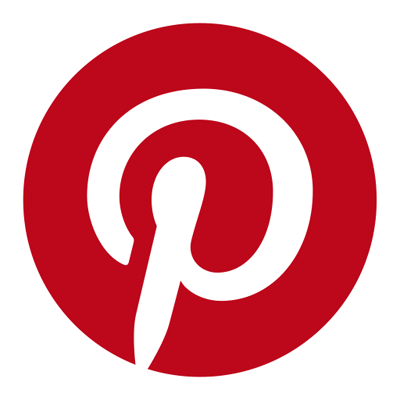Pinterest and your small business
Don’t neglect this powerful social media platform

If you are not already using Pinterest to market your small business, you may want to consider hopping on this visual platform sooner rather than later. Pinterest is not just a social network, it’s a visual search engine to engage users, transforming them into customers and fans of your brand. This year, Pinterest ranked at No. 14 in most popular social media networking sites with 444 million users. That’s 888 million eyeballs you can direct to your business for FREE. And we know when talking about small business that budgets are tight and free marketing is EVERYTHING.
If you aren’t familiar with the platform, Pinterest is like a giant inspiration board. Users browse around and “Pin” photos they’d like to be able to come back to in the future. These photos are linked to websites, products and other content that steer Pinterest users directly to your business. Popular Pinterest topics include home and garden, fashion and beauty trends, DIY projects, and more.
So how do you incorporate Pinterest into your marketing strategy?
The first step to any
marketing strategy is to set
SMART goals for both short-term and long-term plans.
- Specific: Your goals should be identified and specific. Are you trying to drive more traffic to your website? Promote a product? Introduce a sale or event?
- Measurable: You should be able to track the progress of your campaign. What are you measuring? Website traffic? Link clicks? Membership sign-ups? You must be able to track your progress to monitor the effectiveness of your marketing strategy.
- Attainable: Setting small, realistic goals is important to overall success. After all, small steps lead to big results.
- Relevant: Keep those attainable goals relevant to your overall marketing goals.
- Time-bound: Set target dates to track your progress. See what is working for you and what could use some more effort.
Once you have your
SMART goals in place, you can look at Pinterest specifics.
- What is the general Pinterest user demographic and how does it relate to your brand?
- Who are your competitors and how are they using the platform to their advantage?
- How can you align your product or business with what is already out there?
Now that the preliminary planning phase is over, it is time to learn WHAT and HOW to Pin.
Pinterest is a visual platform, so it is imperative that you use high quality, high-resolution
images. Using vertical images is the typical recommendation, as the majority of users access their Pinterest accounts via a mobile device. Go for a 2:3 aspect ratio to ensure your image appears without involuntary cropping.
- Try to use a variety of content. Incorporate video, carousels or multiple photos of your products.
- Create how-to Pins and inspiration boards promoting your products in interesting ways. As many as 85 percent of Pinterest users visit the platform for inspiration, so give the people what they want!
Text overlay and clean, descriptive copy will help improve your
SEO and encourage users to Pin or click your links.
- Consider adding your logo to your images (if you can do so in a tasteful and attractive way). This will keep your brand fresh in mind without coming across as tacky or overbearing.
- Use headlines that reinforce your brand and Pinned images.
- Include trending and appropriate hashtags.
Along with creating engaging, brand-specific boards, you should also create a variety that align your product with current and upcoming events.
- Make holiday or event-themed boards involving your products. What is the next big thing on the horizon? The Super Bowl? The Oscars? Halloween? Stay on top of what is happening around you.
- Watch the trends and weave them into your designs. Try to make sure your boards “fit” with what your competitors are Pinning.
Consistency is key. Try to pin every day. A steadily growing board will attract more users, and users translate to sales.
- Consider finding a social media scheduling program to help you stay on top of your Pins.
- Avoid posting duplicate content. Stay FRESH as well as consistent.
And quite possibly the most important step of all:
Test your links! Give your link a quick click before moving onto the next board or Pin. Directing potential customers to an error page is an easily avoidable issue.
Now that you have a Pinterest presence, it is time to PROMOTE!
Link your Pinterest profile to your company website as well as social media platforms. Consider adding the link to your email signature, newsletters, etc. The more you put yourself out there, the greater success you will achieve. So what are you waiting for? Go out there and start Pinning!











